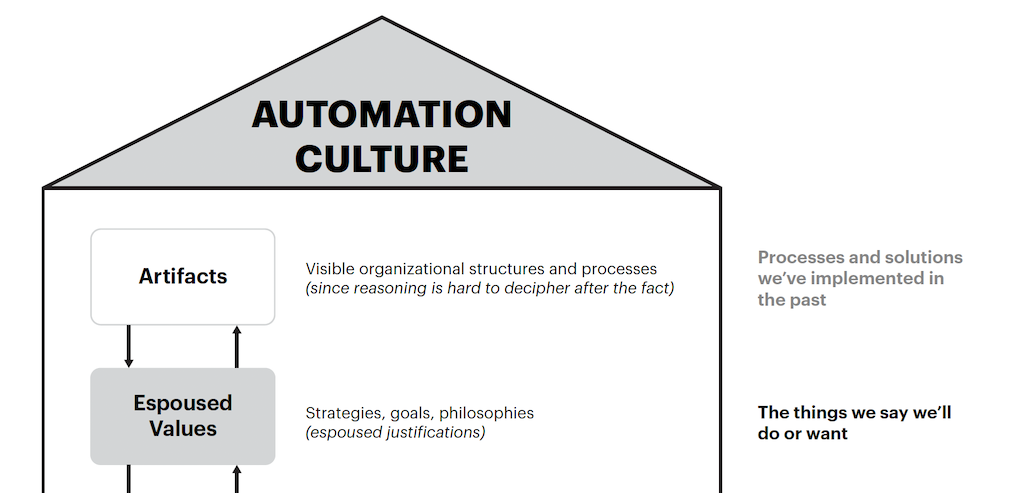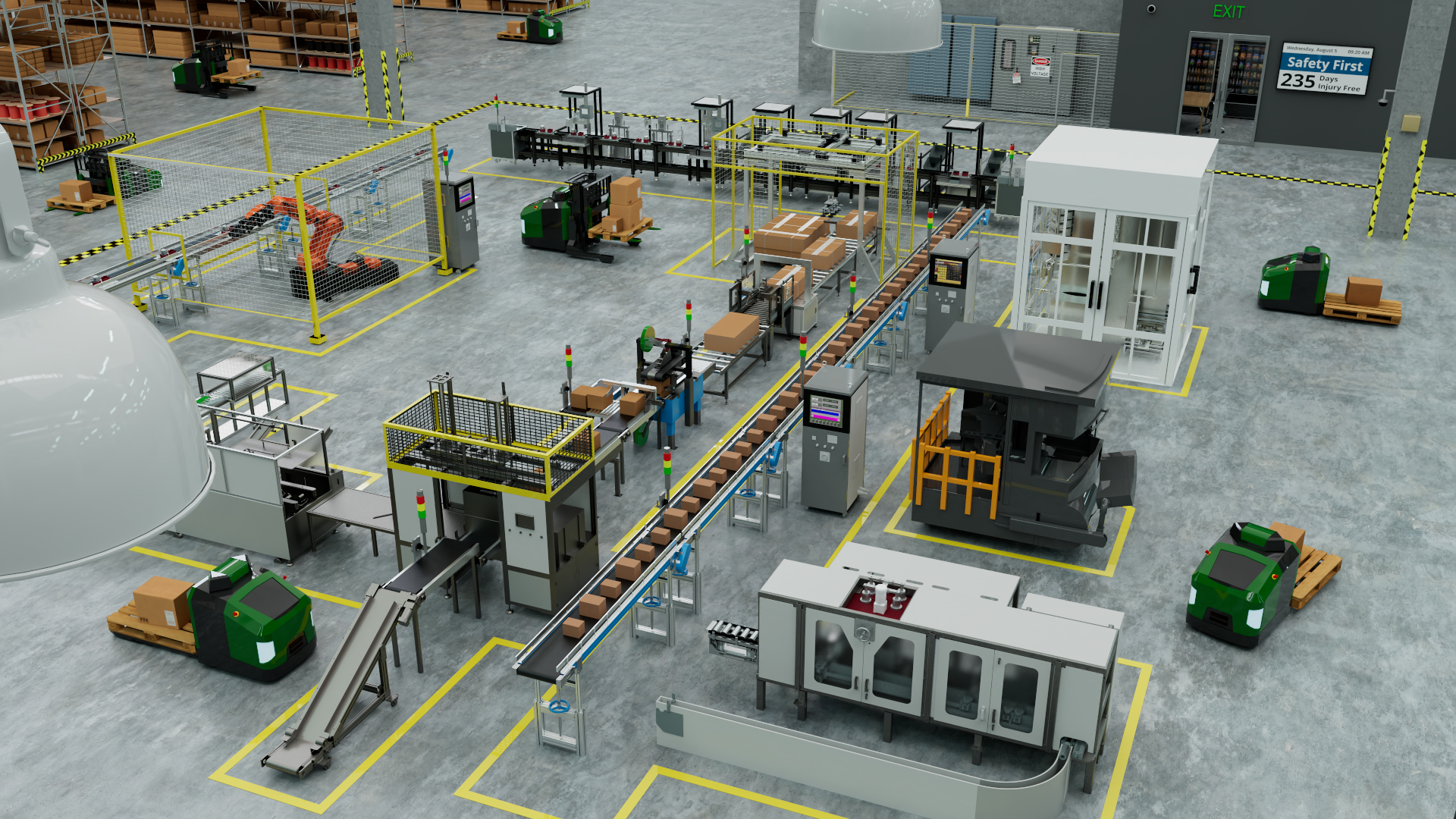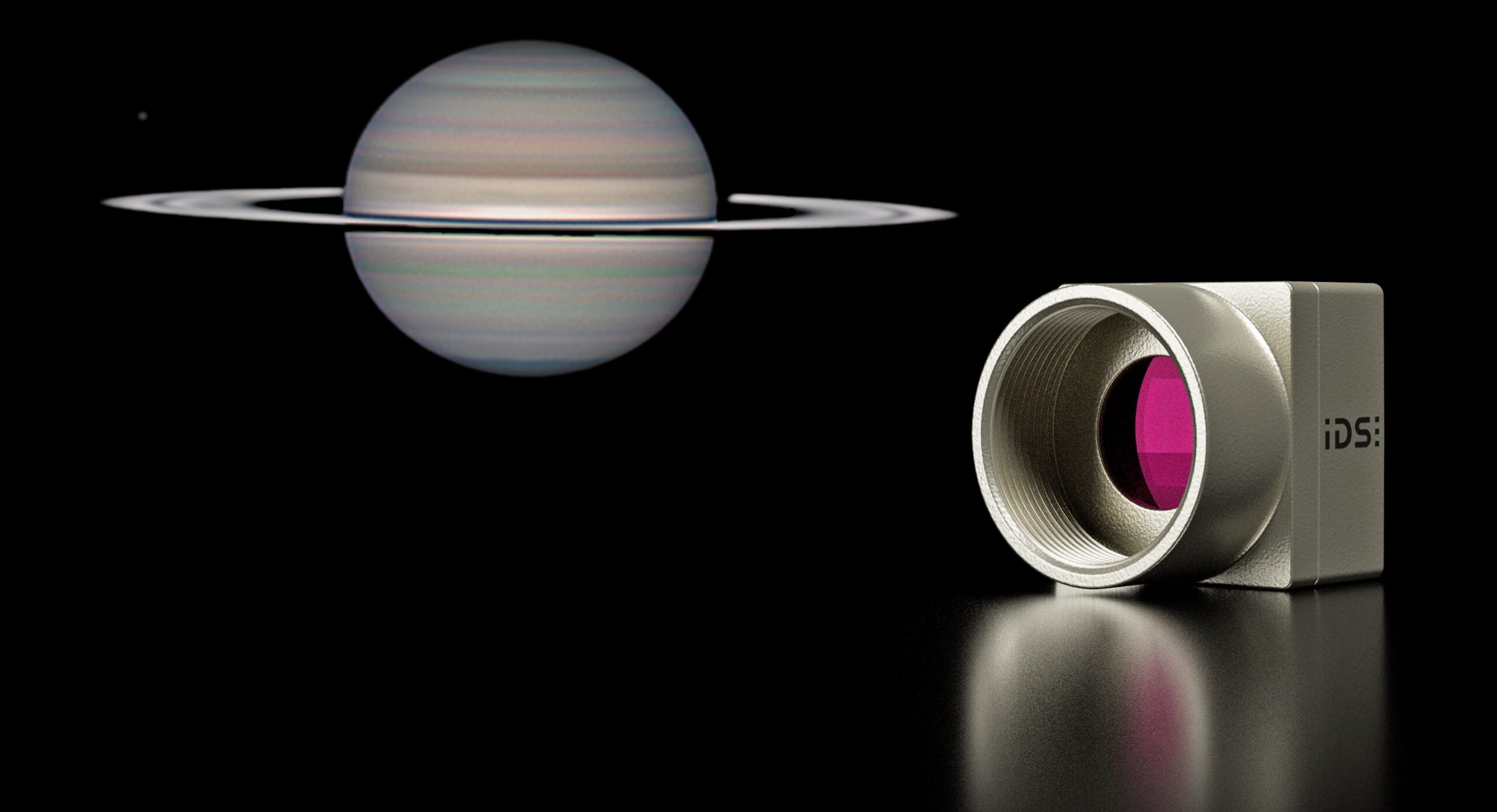IT-based automation’s role in coordinating for complex operations within the oil and gas industry.
The term supervisory control and data acquisition (SCADA) implies a highly configurable set of industrial-software applications that can be so construed as to support management of almost any form of process production.
SCADA is widely applied in the upstream, midstream, and downstream oil and gas sectors. In the upstream sector, its role often is stereotyped as being largely in support of remote data transmission. There are reasons to believe this will change. One reason to believe so is the wide and varied use of SCADA in other industrial sectors. In addition, owners and operators are recognizing how IT-based automation can productively address even the unique challenges of the upstream oil and gas sector.
SCADA technology for the oil and gas industry
"SCADA’s ability to collect data at remote oil and gas sites reduces personnel visits and leads to route and dispatch optimization. But the profile of SCADA is changing in oil and gas. Today, as is already seen in other process industries, SCADA is a platform technology used to control and supervise many types of industrial processes but also to optimize complex coordination of operations among multiple business partners," said Darren Schultz, director, SCADA, oil, gas, and chemical, ABB, Inc.
Advances in the scope and scale of oil and gas SCADA implementations are seen in upstream environments, including fast-paced shale fields. These SCADA instances face industrial processes while also intersecting with business operations. In other words, besides being a medium for process control, SCADA supports the vital operations-coordination role. It does so by being an accessible, single-source of truth.
Petroleum industry software provider, Technical Toolboxes, said in a statement that the goal of the "digital oilfield" is to transform operations data into effective and timely field-management decisions by combining the latest technology advances with science and engineering fundamentals.
The execution of deep-water offshore exploration, drilling, and production is at the very apex of high-tech industrial success, including automation use.Better and more extensive use of IT-based automation will support fast expansion of oil and gas production in continental North America and elsewhere.
Compared to other process industries, oil and gas executive management is reputed to have some ambivalence when it comes to IT and automation initiatives. Moreover, the industry retains a pronounced tendency to embrace custom software solutions development. Packaged SCADA with industry-specific applications is almost invariably considered the reasoned choice in other industries today.
Making the case for automation in the oil and gas industry
"The investment climate in the oil and gas industry the last two years has been challenging. But a focus on integration and automation continues to be relevant," said Doug Rauenzahn, global product line director at Weatherford International. "A pause in rapid expansion has given engineers a chance to plan. In low-price markets, productivity gain from automation has greater impact on the bottom line."
Currently, the United States produces about 10 million barrels per day (bpd) of oil, up from an average of 5 million bpd from 2005 to 2010, according to Vikram Rao, author of Shale Oil and Gas: The Promise and the Peril, RTI Press, second edition, 2015.
Last summer in 2015, natural gas production in the U.S. was about 70 billion cubic feet (Bcf) per day. U.S. natural gas production has risen 46% in the last decade, according to the American Petroleum Institute (API).
In shale fields, "production companies can often complete two or three wells per week. Progressive companies have adopted a standardized ‘cookie cutter’ automation approach for these wells," said Mark Sen Gupta, an automation strategist at ARC Advisory Group.The fact is, "the technology stack in oil and gas has grown tremendously over the last 6 or 7 years," said Rauenzahn.
Using SCADA to streamline operations
SCADA’s best-known upstream function is wireless communication with remote telemetry units (RTUs) that monitor widely scattered wells or well pads.
Automation and service companies and small entrepreneurial suppliers are betting that in the future, SCADA will be a powerful platform solution for streamlined operations at many different points in the oil and gas supply chain. Better control and coordination of complex site operations means lower costs to produce oil or gas.
Industrial software suppliers and oil and gas services companies are assembling software application suites that make use of common services to manage core oil and gas operations; for example, downhole and site oil and gas drilling and production, gas and liquids transmission, equipment and water management, and other functions important in the upstream sector.
In addition, issues of connectivity and security, mobility, and the Industrial Internet of Things (IIoT) are addressed using the latest underlying infrastructure technologies, many first forged in mass consumer markets.
The oil and gas industry has a grudging attitude toward using IT-based automation, primarily because of its complex return-on-investment (ROI) calculation. In other words, projected benefits are not so neatly quantified as in those industries managing closed-loop processes.
Regardless of this fact, there is increased demand for automation within the oil and gas industry. SCADA technology, on the other hand, has been under constant development for about the last 30 years. During this time, the SCADA concept footprint grew from being a boxed application for engineers fiddling with a PC, to become—when used in conjunction with PLCs , devices, and device drivers—a paradigm for distributed industrial control.
In downstream oil and gas, SCADA use resembles that found in chemicals, plastics, or other type process industry plants. Typically, what’s "supervised" is a control-system taxonomy that includes PLCs that act as a focal point for system inputs and outputs and control logic-as well as the actual sensors, actuators, and other types of "edge" devices and instruments used.
Using SCADA for oil and gas applications
Schultz notes that basic functions performed at key points in upstream operations benefit from SCADA-based coordination based on superior insight into process conditions, including the following:
When an oilfield is first breached, the raw, crude oil can come out the ground at pressures of more than 23,000 psi. Once about 10% of the reservoir is extracted, the field is "lifted" by pumping oil or gas into it, and enhanced recovery methods are needed. Challenges include preventing blow-outs, verifying that pumping is safe, and that well-bore integrity is maintained, according to Schultz.
Gathering systems take raw material just emerged from the ground and convey it to holding tanks and processing plants. Schultz points out that in this staged process, each specialized team works with its own data stores. The teams also need to collaborate with each other.
At a production site, what actually comes out of the ground is often a mixture of gas, oil, sand, and water. The water is isolated and re-injected, and the gas and oil is separated into different streams. This is often done by spinning the crude oil in hydro-cyclones. "These machines must be safe and efficient, and machine control is something SCADA does well in many industries," said Schultz.
The purpose of many SCADA implementations is better collaboration among expert role players. Stan DeVries, senior director solutions architecture at Schneider Electric, said, "tiered SCADA installations are increasingly common." In his experience, in Australia, five SCADA instances were tiered, each with its own "constituency."
Constraints within the oil and gas industry
As the oil and gas industry continues to grow in capacity and infrastructure, it’s also highly constrained by continuing low prices.
In the U.S., between July 2014 and December 2015, 35 oil and gas exploration companies filed for bankruptcy protection, according to an opinion piece on "the oil price crash" by Joe Bannister, a partner with Hogan Lovells that recently appeared in The Oil & Gas Financial Journal. In contrast to the era of easy credit and high prices, around 35%, or about 175, of publicly listed exploration and production companies owe approximately $150 billion of debt and face financial distress.
"While new automation technologies can enable quantum gains in upstream productivity, the industry has been conservative in their deployments, preferring what it considers time-tested production methods and technologies," said Michael Day, oil and gas market development manager at Siemens Industry Inc., in a posted industry whitepaper "Drill Bit to Boardroom."
Oil and gas exploration and production companies must increase productivity via integrated operations. Going forward, "rigorous management of new projects and day-to-day operations are likely to be critical components … development of infrastructure needed for a field or region will be streamlined and less bespoke. Lower returns in all sectors of the market will place a premium on integration, scale achieved by technology," said Bannister.
"SCADA effects a significant transformation in when, where, how, and by whom work gets done," said DeVries. "When workers are at a premium or are highly valued specialists, a SCADA solution is part of any reorganization meant to make them more productive."
Kevin Parker is content contributor, Oil & Gas Engineering, [email protected].



